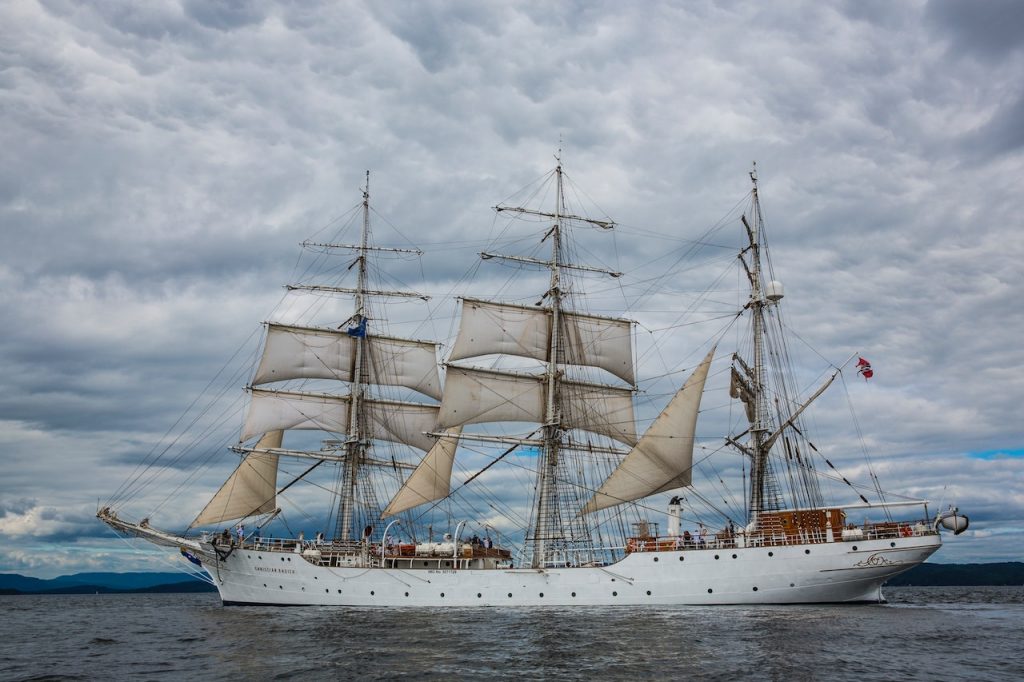Oh, what shall we do with an old sea shanty early in the morning? Sea shanties, also known as sailor songs, have a long and captivating history that resonates with the spirit of seafaring and adventure. These captivating tunes have been passed down through generations, encapsulating the tales, trials, and triumphs of sailors on the high seas.
From the rollicking tunes that lifted spirits during long voyages to the tales of hardship and camaraderie woven within their verses, sea shanties offer a window into a captivating maritime tradition. So hoist the anchor, raise your voice, and let the captivating melodies of sea shanties carry you away to distant shores.
 The earliest references to sea shanties date back to the 19th century, but their roots likely extend even further into history. Although the exact origins remain uncertain, several theories suggest influences from African American work songs, English folk songs, and other cultural traditions.
The earliest references to sea shanties date back to the 19th century, but their roots likely extend even further into history. Although the exact origins remain uncertain, several theories suggest influences from African American work songs, English folk songs, and other cultural traditions.
Sea Shanties
The word “shanty” is derived from the French word “chanter,” meaning “to sing.” A sea shanty is a form of folk song that emerged from the maritime traditions of sailors and seafarers. These musical compositions served a practical purpose, aiding sailors in coordinating their efforts during various tasks onboard sailing ships. The rhythmic nature of sea shanties helped synchronise actions such as hauling ropes, raising sails, and other physically demanding labour. The earliest references to sea shanties date back to the 19th century, but their roots likely extend even further into history. Although the exact origins remain uncertain, several theories suggest influences from African American work songs, English folk songs, and other cultural traditions.
The earliest references to sea shanties date back to the 19th century, but their roots likely extend even further into history. Although the exact origins remain uncertain, several theories suggest influences from African American work songs, English folk songs, and other cultural traditions.

















